-

Tube-fin heat exchangers are important components in a variety of industrial processes and systems. They play a vital role in transferring heat efficiently and effectively. In this article, we will explore the characteristics of tube-fin heat exchangers and understand why they are widely used in ...Read more »
-
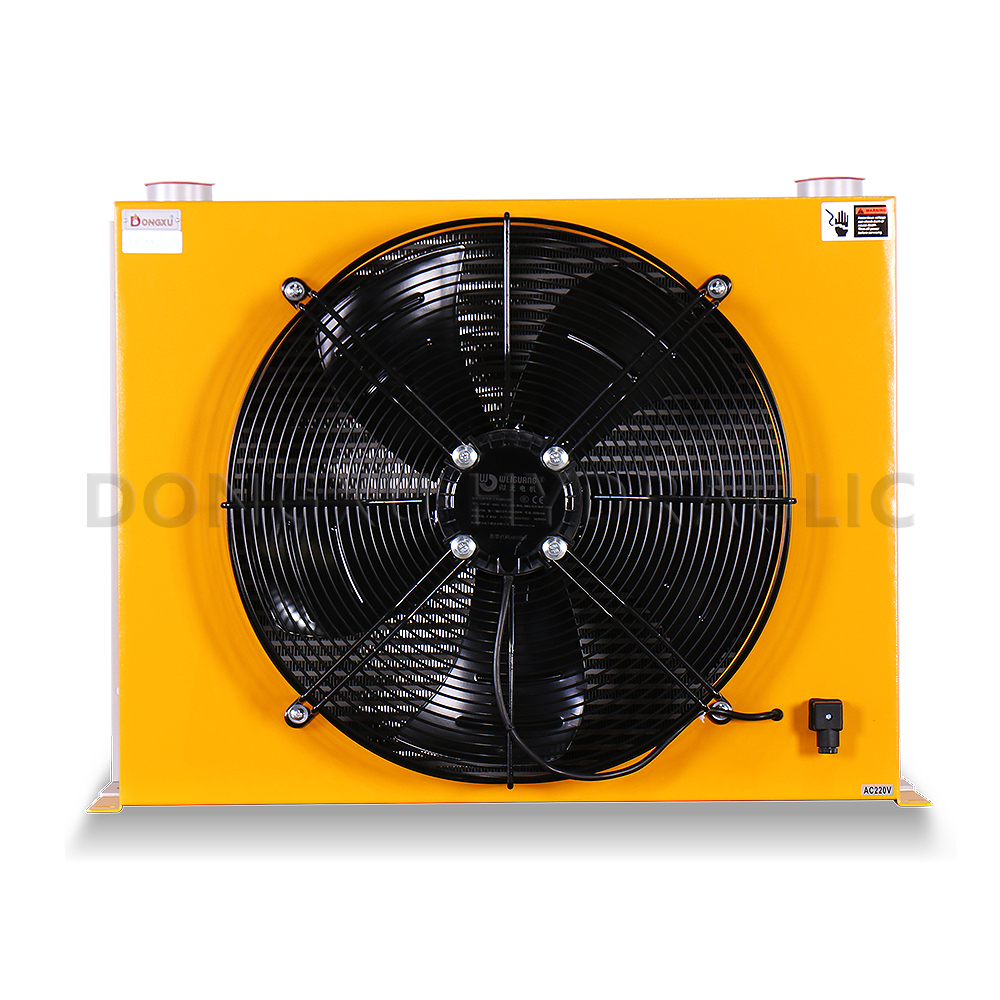
Air-cooled radiators have become an essential component of modern cooling systems, with numerous advantages that make them a popular choice for various applications. These radiators rely on air as the cooling medium, allowing them to dissipate heat efficiently and effectively. In this article, we...Read more »
-
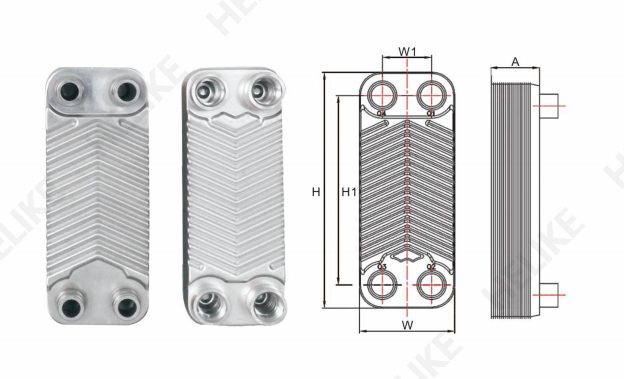
Plate condenser is a key equipment for rational utilization and conservation of existing energy and development of new energy. In the chemical production process, most of the heat transfer process is realized in the heat exchanger. In the modern chemical process, the investment in heat exchangers...Read more »
-
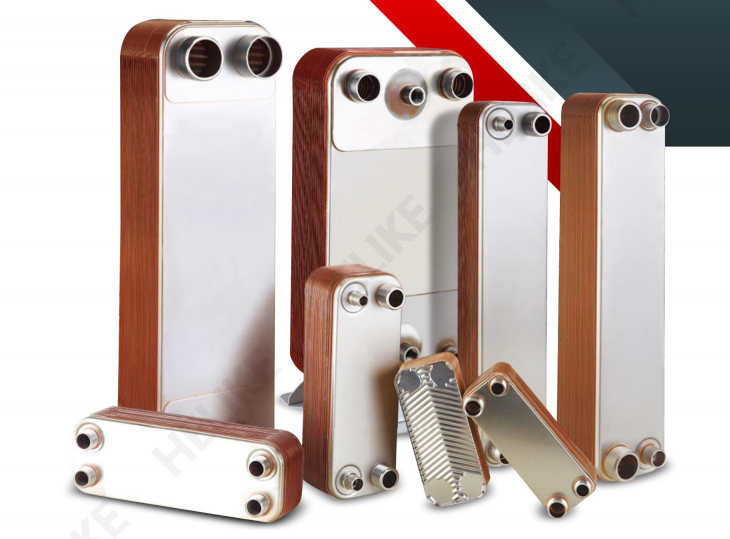
The selection of the plate heat exchanger flow rate can have a key impact on the heat transfer effect, energy consumption, and operating costs. Below we will introduce in detail the precautions when using the plate heat exchanger as a condenser and evaporator. 1. Generally, both condensation and...Read more »
-
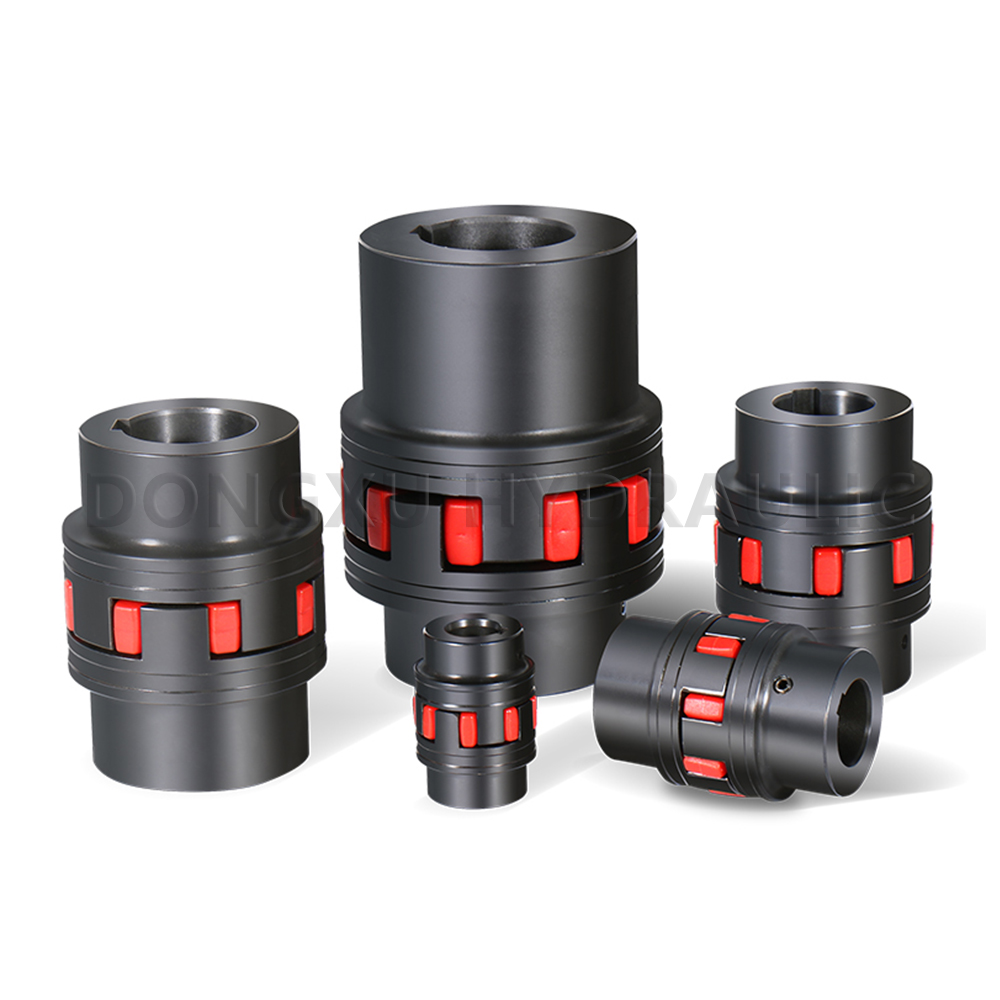
A coupling is a mechanical device used to connect two shafts and keep them in synchronized rotation. Star coupling is a common type of coupling and is widely used due to its high efficiency in transmitting torque. This article explains how to install a star coupling. Step One: Measure and Prepare...Read more »
-
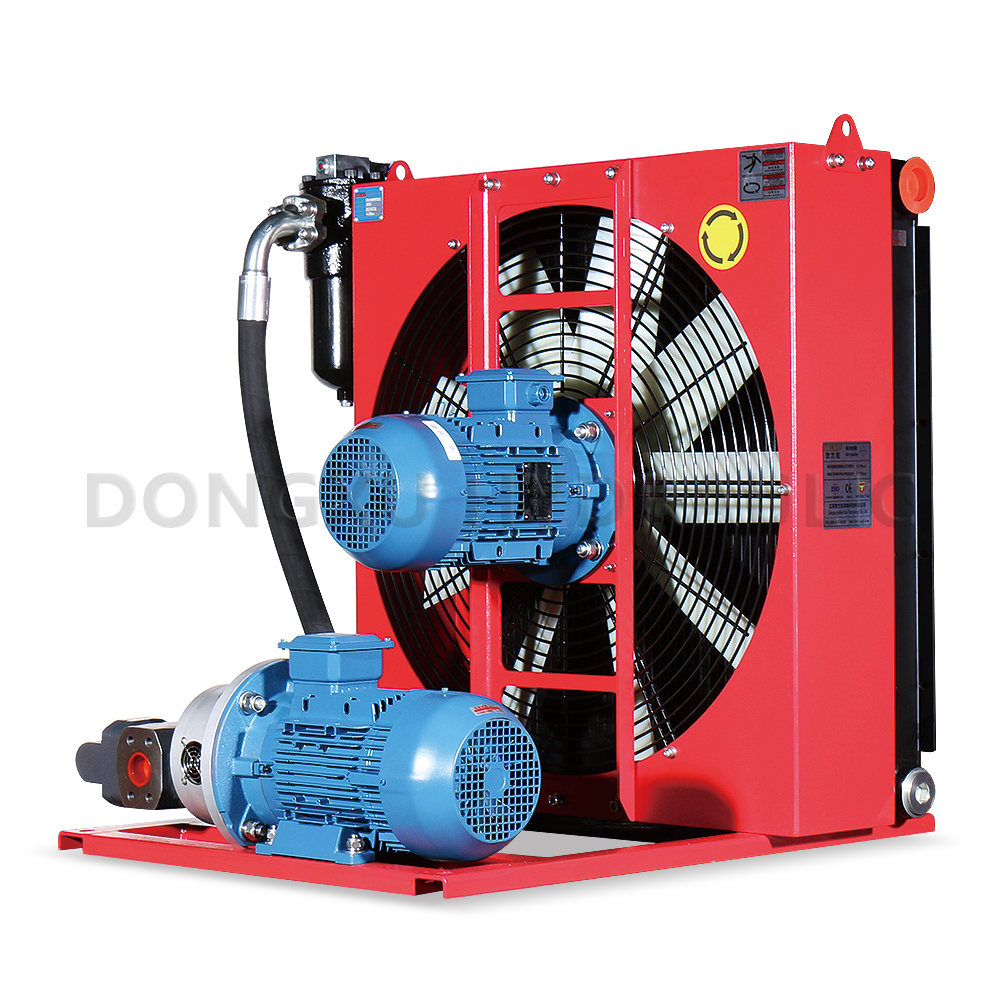
Aluminum radiators are a popular choice for cooling systems due to their lightweight, efficient, and durable construction. They are commonly used in cars, motorcycles, and even home heating systems. However, like any other component, aluminum radiators require regular maintenance to ensure they f...Read more »
-
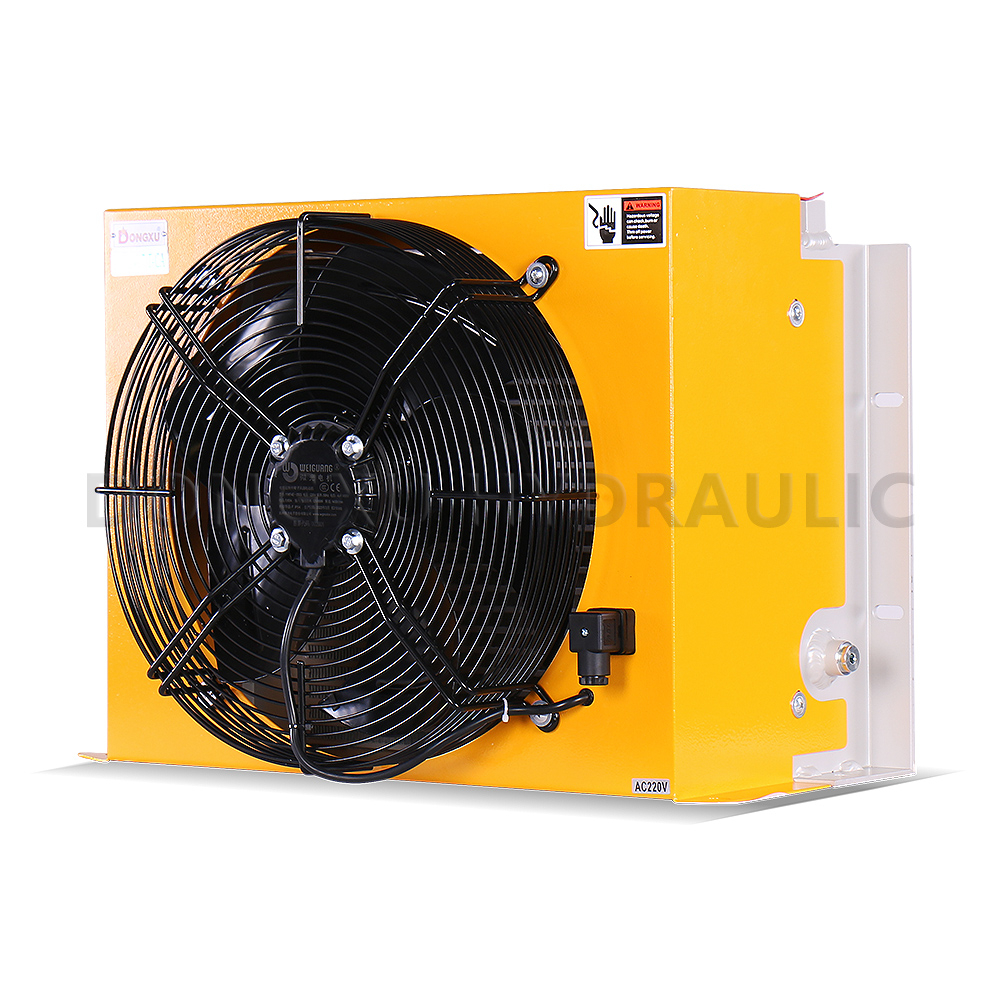
Air coolers are commonly used to provide effective cooling in a variety of applications ranging from household appliances to industrial processes. However, air coolers, like any other cooling system, can suffer from airlock issues, resulting in reduced cooling efficiency. In this article, we’ll d...Read more »
-
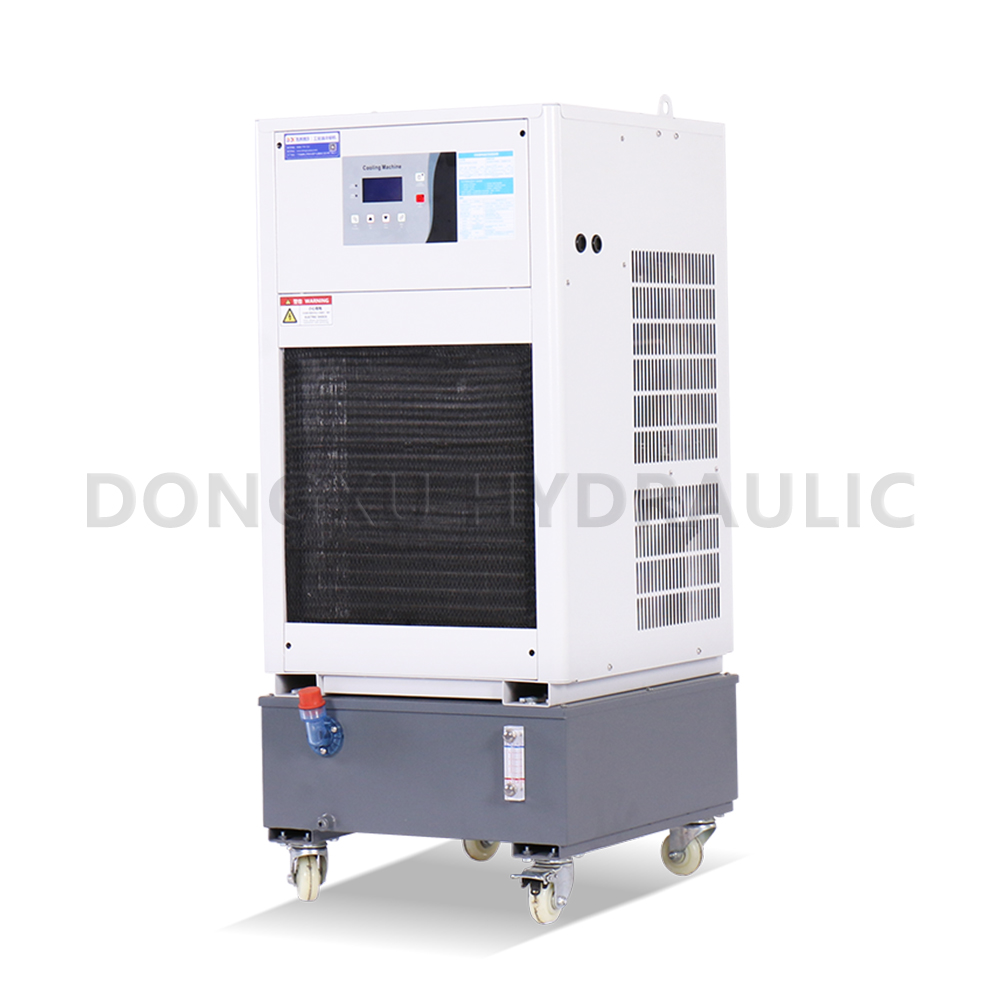
Air-cooled chillers are critical equipment that many industries rely on to maintain optimal temperatures in their facilities. But have you ever wondered how these systems work? Let’s take a closer look at the inner workings of an air-cooled chiller and explore its key components and features. Fi...Read more »
-
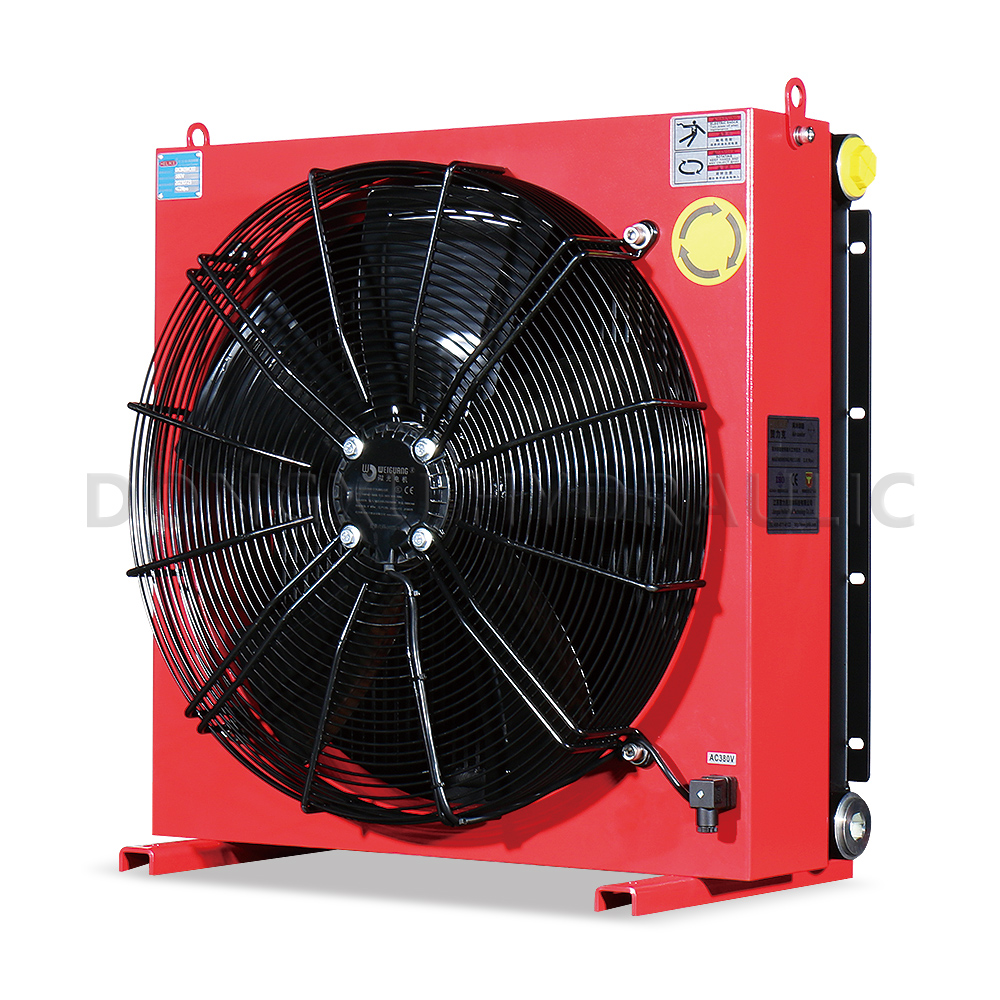
一、Introduction The plate heat exchanger is a commonly used heat exchange equipment, widely used in chemical, petroleum, electrical, food, and other industries. This article will introduce the working principle of plate heat exchanger in detail, including structural composition, working process,...Read more »
-
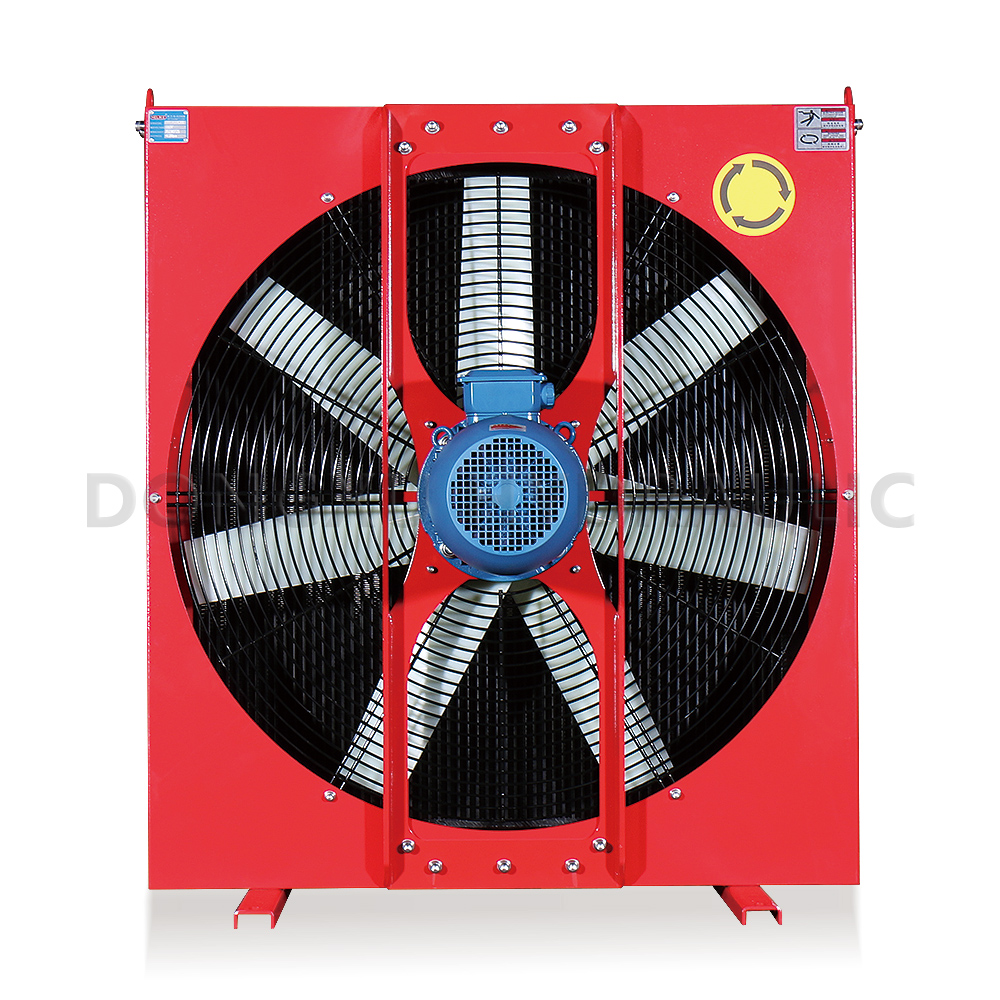
Plate heat exchanger is a new type of heat exchange equipment with high efficiency and energy saving. It has the characteristics of a compact structure, high heat transfer efficiency, and easy operation and maintenance. Because plate heat exchangers have the above characteristics and are very pop...Read more »
-
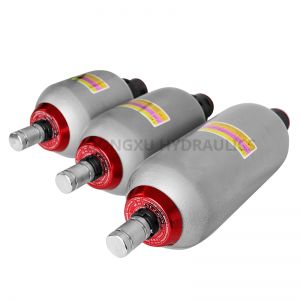
Accumulators are key components in a variety of industrial applications, from hydraulic systems to energy storage systems. Its primary design purpose is to store potential energy in the form of a pressurized fluid or gas that can later be used to enhance the performance of the system. Given their...Read more »
-
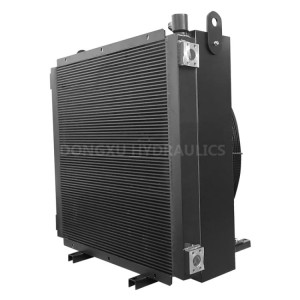
A hydraulic oil cooler is a cooling device that can cool down an object. The main cooling media of the hydraulic oil cooler are water and air. Cold zones can be used for cooling, condensation, heating and evaporation. It is a kind of equipment that is widely used. The chemical industry, metallurg...Read more »











